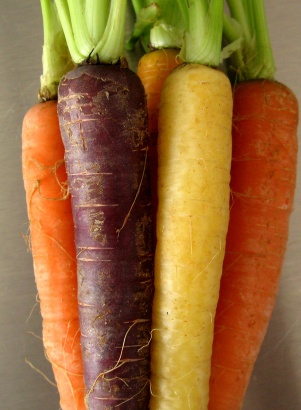With
both environmental concern and gas prices on the rise, people are
starting to realize the benefits of owning a hybrid or electric car.
In the past, these cars have only represented a niche market; now,
they have become the third most popular car in the world.
That's right - nearly 250,000 Prius vehicles have been sold worldwide in the first quarter of 2012, with over 86,000 of those in the United States alone. The only cars that are more popular are the Ford Focus (#2) and Toyota Corolla (#1).
Part
of the reason that the Prius is so popular recently is an initiative
put forth by Japan. Japanese folks get a discount of approximately $2,500 if they bought a Prius.
This
news leads me to ask (and attempt to answer) three questions:
1.
If the Toyota Prius is doing well, then what of the Nissan Leaf and
the Chevrolet Volt?
I
think that, because the Prius has been on the roads for 15 years,
people have adopted the Prius into the mainstream and trust them as
reliable cars. The Leaf and the Volt are much newer cars, so they are
being driven by early adopters – but the average Joe will probably
be looking for something less “newfangled.”
2.
Should the United States try a similar initiative to get people to
have more fuel efficient cars?
This
has already happened. If you remember, the 2009 Cash for Clunkers
rebate system resulted in a staggering 700,000 older, less
fuel-efficient cars being traded in for more fuel efficient rigs.
One of my closest friends participated, trading in his old 18 mpg
Jeep for a brand-new 35 mpg Nissan Versa. But a Versa is not a
hybrid or electric car. Perhaps it is time to make that step.
(Of
course, I'm always partial to the idea of making more cities
bike-friendly, too!)
3.
Will this trend continue for a very long time?
Well,
look at the gas prices nationwide. They're especially high in
Washington, Oregon, and California. How long do you think people can
afford to drive gas guzzlers in those places? Or in the rest of the
country? Since Corvallis is very bike-friendly, I've taken to biking
most places to save gas. Those without such luck will likely need
to switch to fuel efficient/hybrid/electric cars so that their
wallets won't take such a whollop at the pump.
If
you have anything to add, please comment! I'd love to hear your
thoughts and ideas.









